The Aawambo have lived in harmony with their environment since time immemorial and the rhythm of life is dictated by the seasons.
The rainy season brings a bounty of fruits from indigenous trees, indigenous leaf vegetables and legumes which are rich in protein, sugar, vitamins, minerals and trace elements. These foods play a vital role in the diet of the Aawambo and are also an important source of food security, especially during times of drought and poor harvests. These plant products also provide an income to many families and are either sold along the roads in the north or at open markets as far away as Windhoek.
The omugongo (marula) is the most treasured and versatile tree in Owambo. Its fruit is used for making omagongo, a white coloured wine, while oshinwa, a non-alcoholic drink, is made from the unfermented juice and water. The kernels (nuts) are pried open to extract the oil which is used for cooking, eaten with porridge or used for natural cosmetic products. The seed cake (edi) is used as a food additive.
Oombe, the fruit of the omuye (bird plum) is usually harvested in March and April. It is eaten fresh, added to oshithima (mahangu porridge) or dried for later domestic use. The delicious sweet fleshy fruits of the omwandi (jackal-berry) are best eaten fresh or dried for later use.
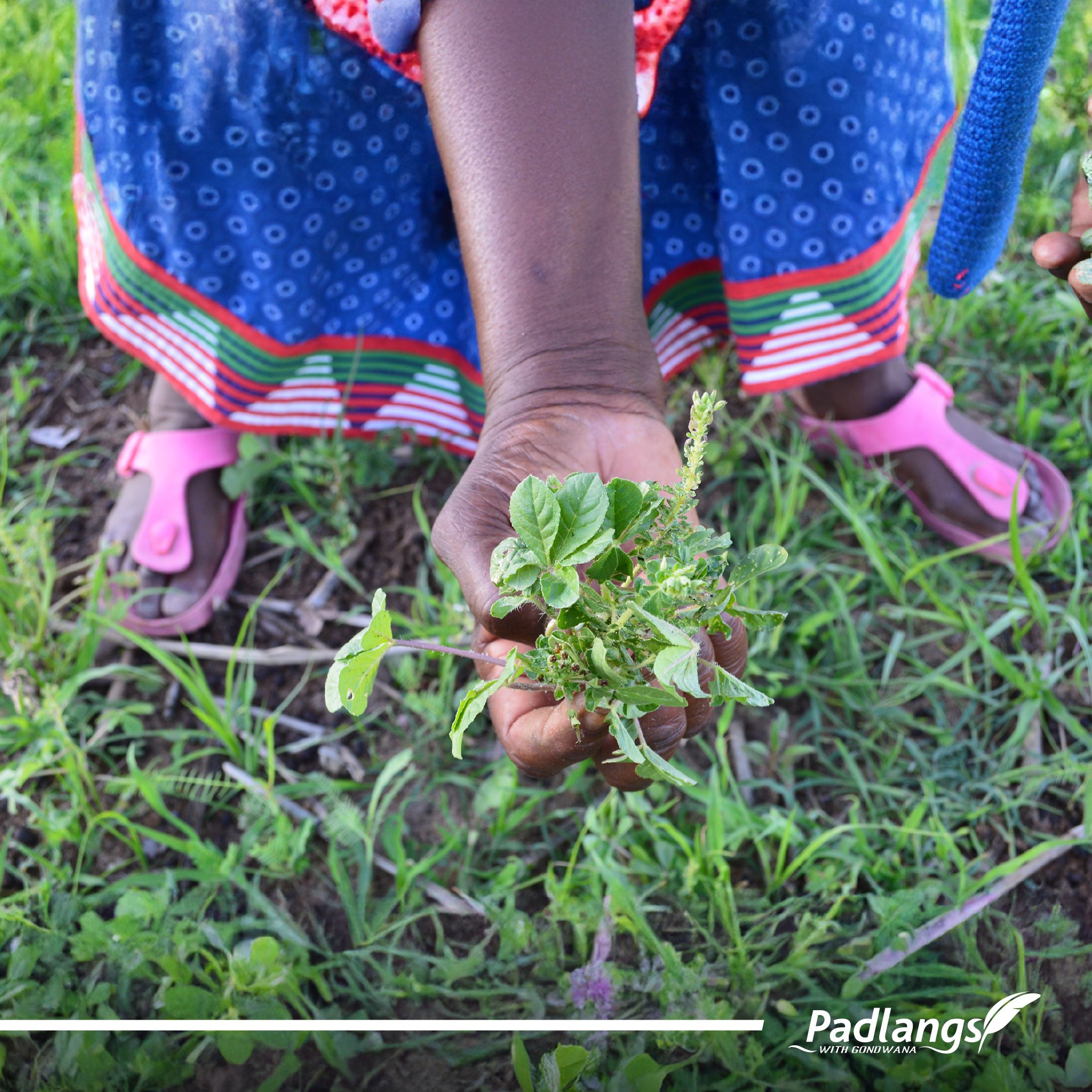
Rich in Vitamin E and unsaturated and monosaturated fats, the fruit and seed of the omunkete (manketti) is eaten raw or cooked, while the thin layer of flesh around the seed is boiled to make puree or jelly. The fruit usually drops to the ground in April and May.
The eguni (corky monkey-orange) is restricted to the Ohangwena Region and is more common further east in the Kavango regions. The fruit turns yellow when they are ripe, usually between April and August. A thick fruit pulp that tastes like a combination of citrus and pineapple surrounds the seeds inside the hard outer shell. The fruit, which is rich in Vitamin C and B vitamins, can be eaten fresh or dried for later use or milled to make a porridge.
Leafy vegetables such as omboga, locally known as ‘Owambo spinach’, have a high protein content of 36% and are also rich in Vitamin A and Vitamin C. The leaves are boiled and served as a cooked vegetable or as a green sauce relish with oshithima. The leaves are also boiled and pounded into pulp to make flat round cakes (ekaka) which are left to dry for later use. The cakes are boiled when prepared as a meal.
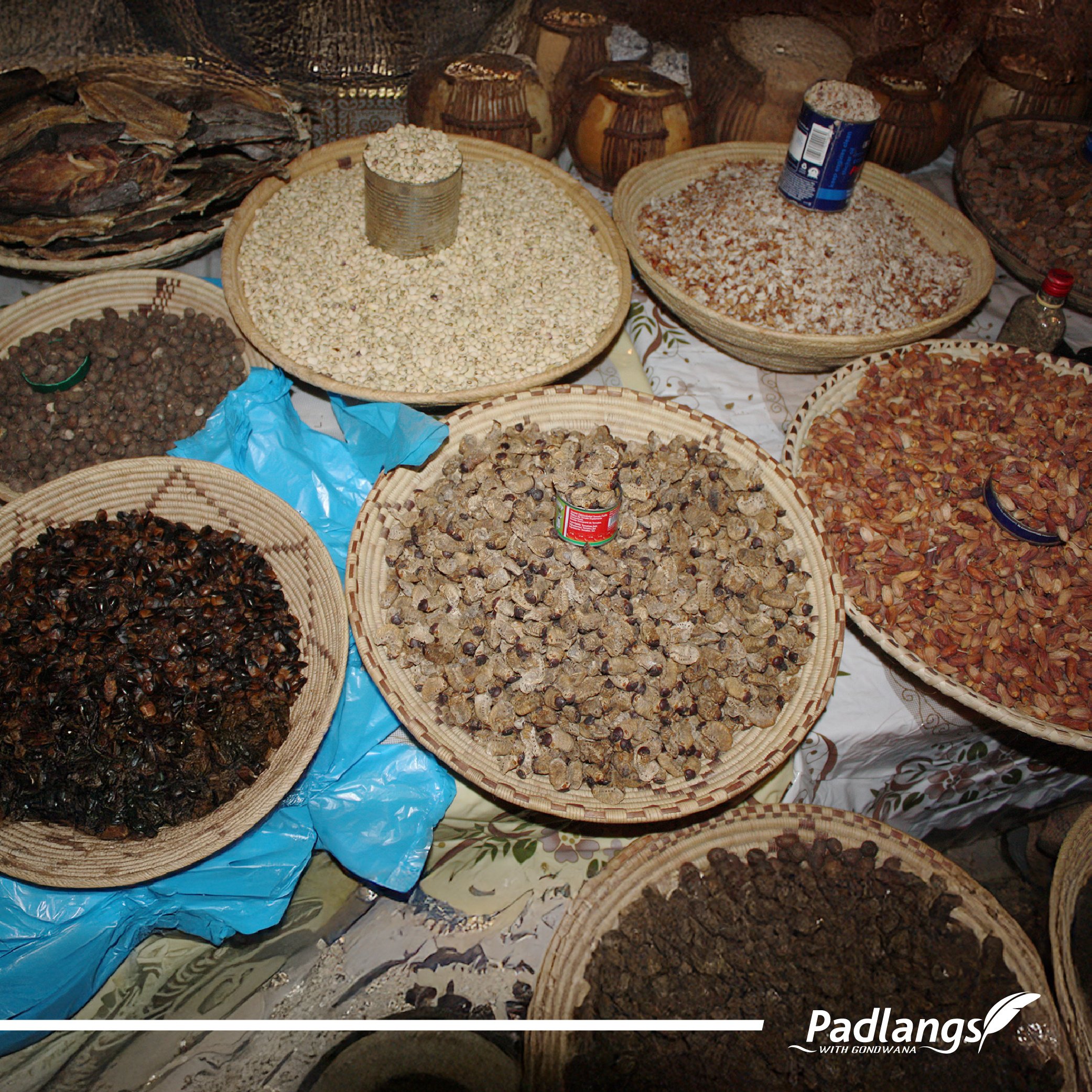
Legumes such as cowpeas, groundnuts and bambara groundnuts, as well as melons are grown during the rainy season. They are important alternative sources of protein and carbohydrates. Cowpeas, also known as black-eyed peas, are known as the “hungry season crop” because it is picked before the cereal crops are ready for harvesting. The green leaves can be cooked as a vegetable, while the beans are cooked until they are soft and mashed to make oshingali, a delicious, creamy dish served with oshithima.
Bambara nuts, another important source of carbohydrates, are relatively high in protein and rich in amino acids. The nuts are usually eaten dry, while the dried nuts are ponded into a meal and stored for later use.
Other important sources of food include the thin outer layer of the fruit of the omulunga tree, also commonly referred to as the makalani palm, while the flower stalks, unripe fruit, tubers and seeds omavo (water lilies) are eaten raw, cooked, roasted or dried.
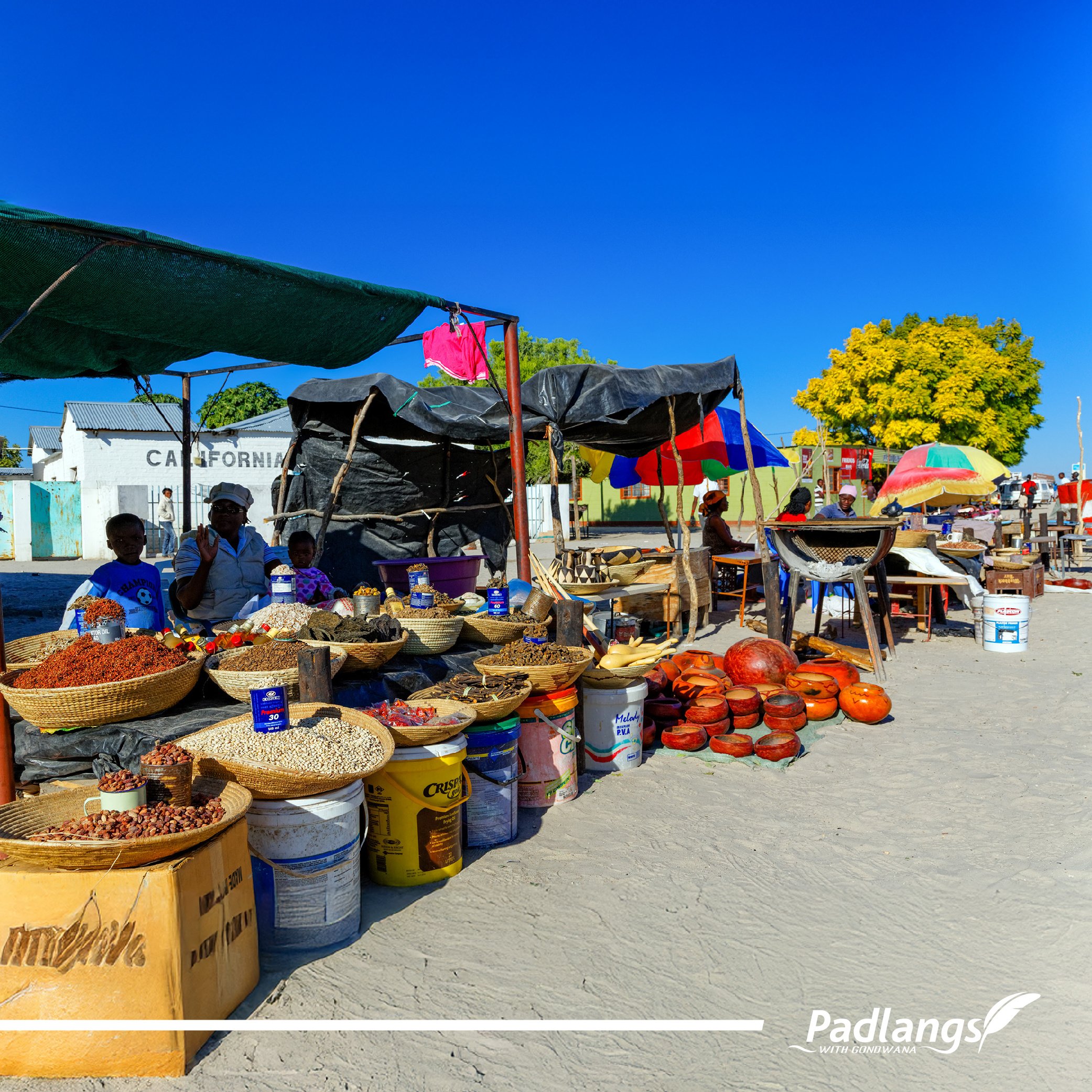


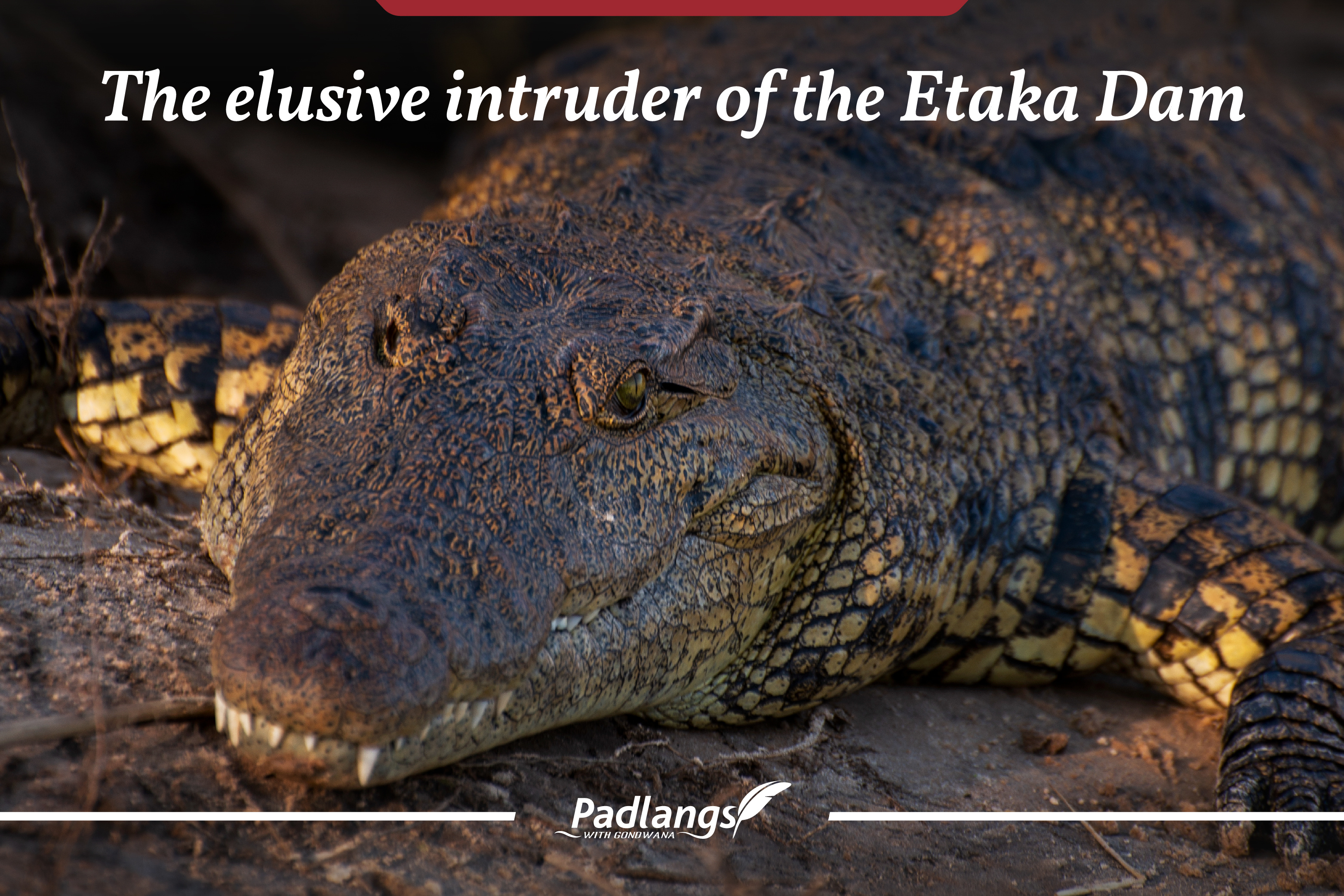
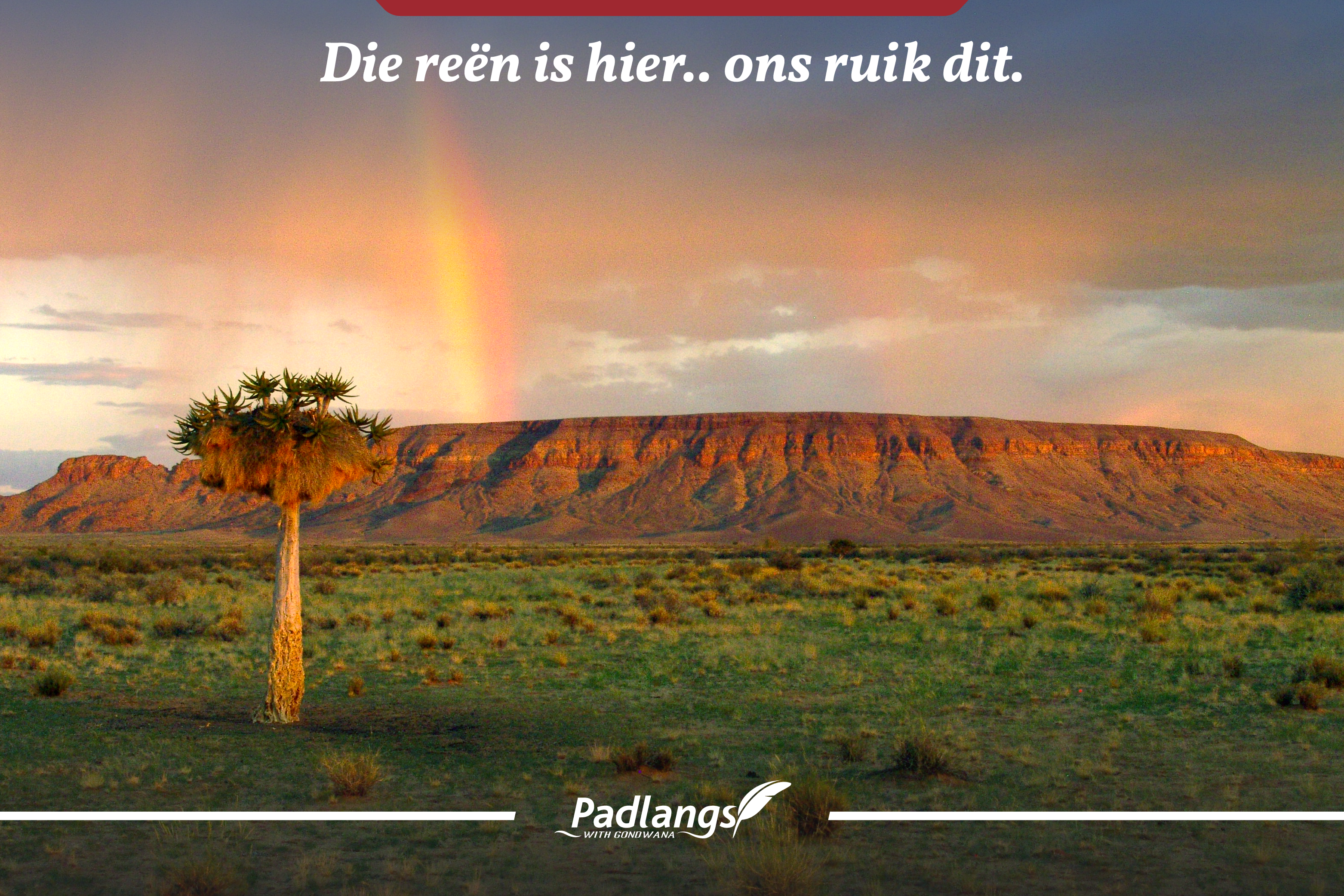



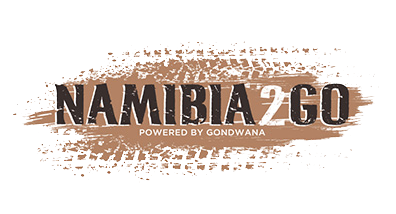

.png)

SUBMIT YOUR COMMENT